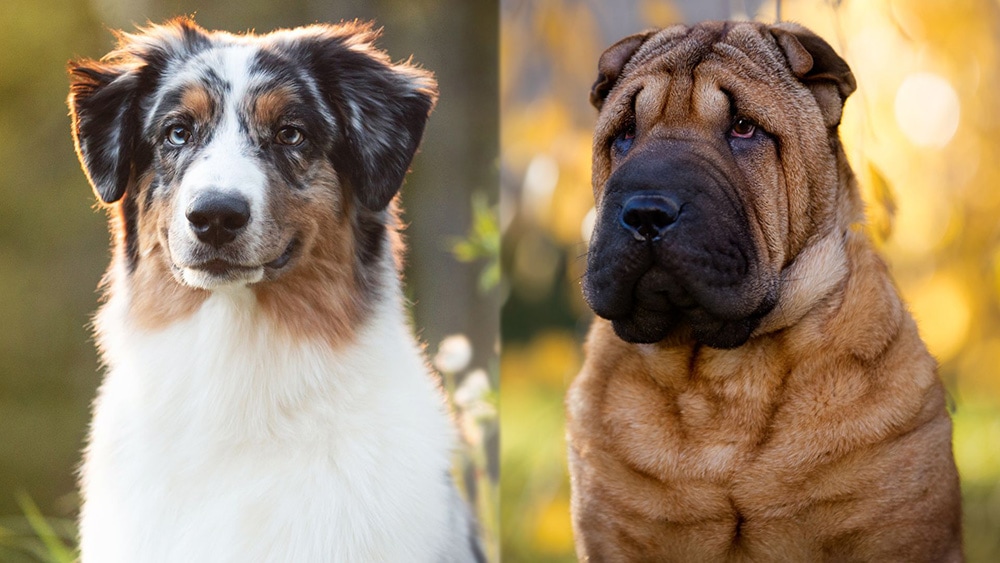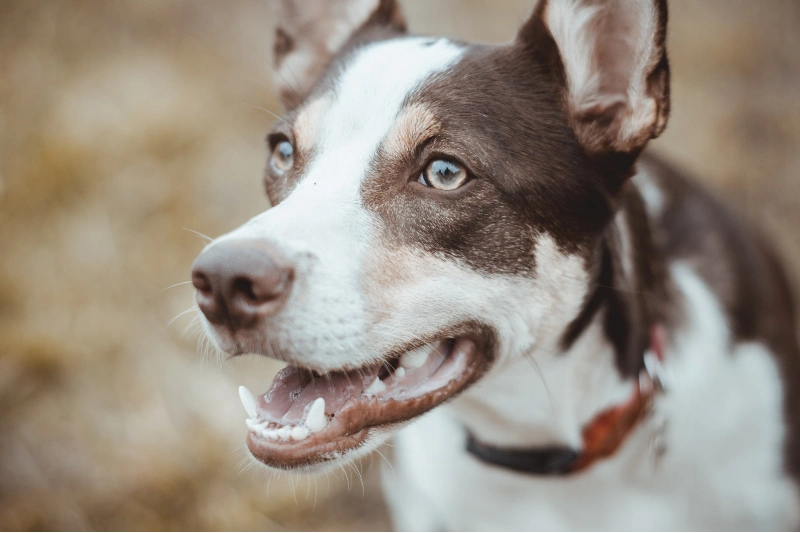Are Cavalier King Charles Spaniels Hypoallergenic? Breed Facts & Allergy Tips

Updated on
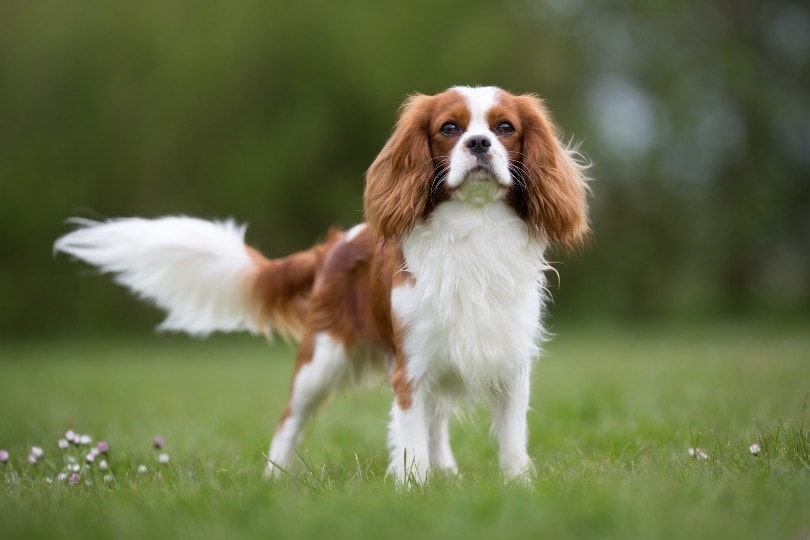
Click to Skip Ahead
While the Cavalier King Charles Spaniel is a smaller dog and many small dogs are advertised as hypoallergenic, that’s not the case for the Cavalier King Charles Spaniel. They’re not hypoallergenic, and if you have pet allergies, there’s a good chance this dog will cause them to flare up.
But what does a hypoallergenic dog mean in the first place? And what are some things you can do to help reduce the chances of an allergic reaction if you already have a Cavalier King Charles Spaniel in your home? We’ll answer those questions and more for you here.
Are Cavalier King Charles Spaniel Hypoallergenic
No matter how you look at it, the Cavalier King Charles Spaniel is not a hypoallergenic dog. They shed, create lots of dander, and like to snuggle up close.
If you have pet allergies and decide to get a Cavalier King Charles Spaniel, there’s a good chance you’ll have the same allergic reaction you get from other dog breeds.
What Is a Hypoallergenic Dog?
To understand why the Cavalier King Charles Spaniel is not a hypoallergenic dog, you really need to understand what a hypoallergenic dog is in the first place.
Hypoallergenic is a word that usually applies to products and cosmetics. Hypoallergenic means less likely to cause a reaction, but that doesn’t mean they can’t cause a reaction. It’s certainly still possible to have an allergic reaction to a so-called hypoallergenic dog.
If you’re allergic to dogs, you are allergic to a protein in the dander (skin cells), saliva and urine of dogs. Dogs that don’t shed (and are claimed to be hypoallergenic) still have dander, but since the hair isn’t falling off into the environment so much, it may be less likely to trigger a reaction.
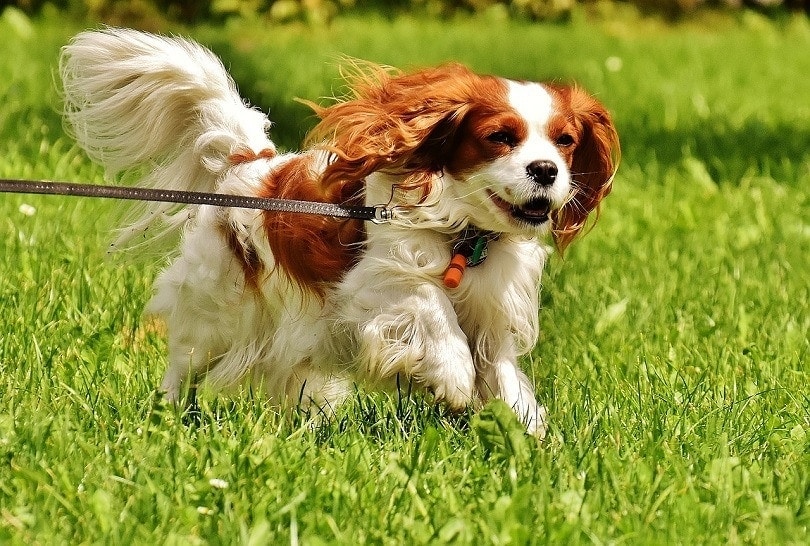
Do Cavalier King Charles Spaniels Shed a Lot?
The Cavalier King Charles Spaniel will shed, and they’re considered a moderate shedder. This means that they shed a decent amount of hair, but if you put in the necessary work to brush them out daily, you can get it under control. If you have pet allergies it is better to designate the task of brushing to someone who doesn’t.
It helps that the Cavalier King Charles Spaniel doesn’t have a thick undercoat since this makes it easier for you to brush through everything and remove the excess hair from the top coat before it falls off around your home.
How to Help Reduce Pet Allergies
If you have a Cavalier King Charles Spaniel and have pet allergies, you can try a few things to help manage your symptoms. We’ve highlighted four of the most effective options for you here.
1. Use High-Quality HEPA Filters
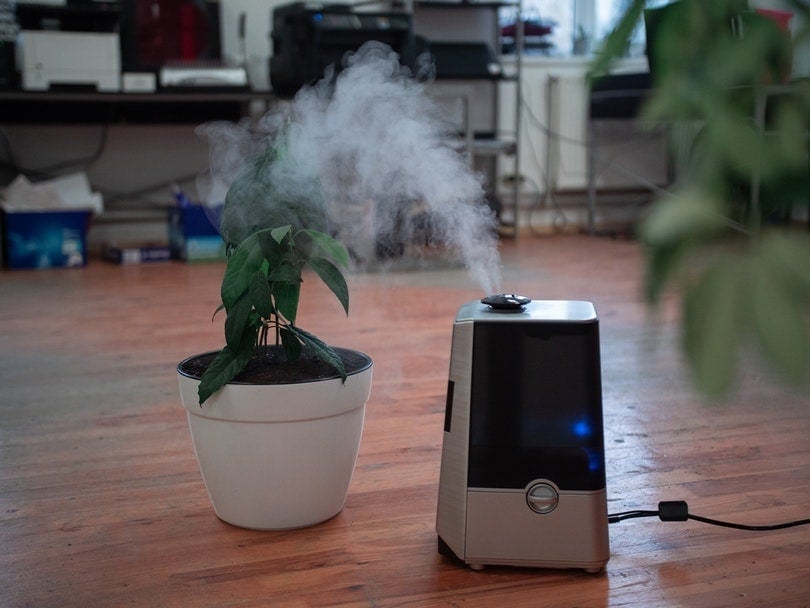
There’s definitely dander and pet hair throughout your home if you have a Cavalier King Charles Spaniel, and one thing you can do to help reduce the amount of dander in the air is to install a few high-quality HEPA filters throughout your home.
They’ll filter out the air and the pet hair, ensuring that less of it enters your respiratory system. The more HEPA filters you can put throughout your home the better.
HEPA vacuum cleaners are also available to reduce the amount of dust that is pushed around by the vacuum.
2. Bathe Your Dog Frequently
You’re allergic to the dander on your pet’s hair and the saliva if they have been grooming themselves. Not only does bathing your dog frequently help wash away excess hair that they would normally shed throughout your home, but it also washes off the saliva and dead skin cells that results in the allergy in the first place. As with brushing this is best done by someone without allergies.
Don’t wash your dog too often, as it also strips away beneficial oils for their skin and coat. However, a routine bath schedule will go a long way in helping you get your allergies under control. There are special shampoos to help reduce allergies in humans from their pets.
3. Medicate Yourself

It is important to have an appointment with your doctor or allergist to discuss pet allergies and the right medications for you. The right allergy medication can help in treating your symptoms and keeping you feeling at your best if you have a dog in your home.
4. Create Spaces to Get Away
Sometimes, your body needs a break and that’s OK. Having an area in your home where the dog can’t go is a good idea, and it will give your body a chance to reset. An excellent choice for this is the bedroom since you will spend a significant amount of time there each night.
If you train your dog from the beginning that they don’t enter the bedroom and you give them their own sleeping space, this won’t even be that big of a deal!
Final Thoughts
If you’re looking for a hypoallergenic dog, the Cavalier King Charles Spaniel isn’t it. They’re moderate shedders that produce a lot of dander, which is a big no-no for pet allergies.
But if you’re looking for a way to live with a Cavalier King Charles Spaniel in your home and you have pet allergies, we highly recommend reaching out to your doctor for the best options you have for your specific situation.
Featured Photo Credit: BIGANDT.COM, Shutterstock





